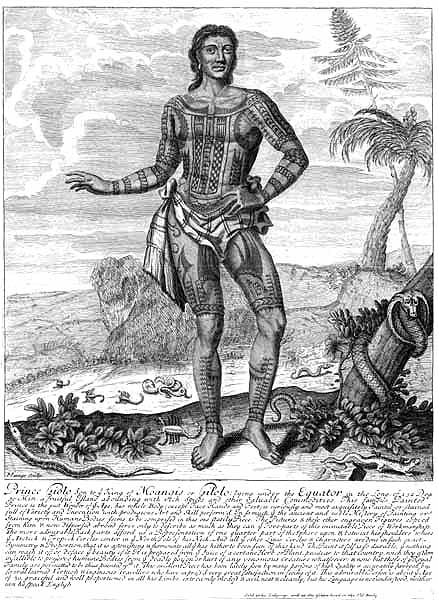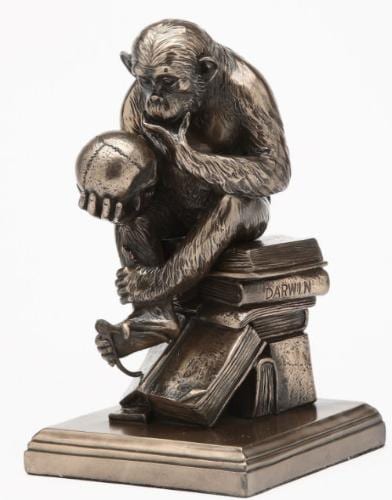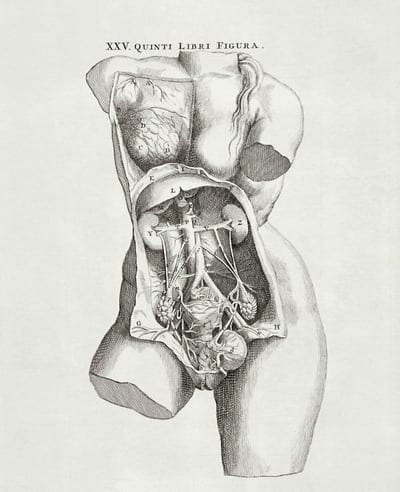Foreign Bodies
Foreign Bodies Exhibition
From October 2012 until June 2013, the team curated a major cross-collections exhibition at UCL along the theme of Foreign Bodies. Each of us interpreted the exhibition theme differently according to our particular research specialisms, selecting objects and inspiration from UCL’s diverse collections. The exhibition was on display in UCL’s North Cloisters from the 18th of March until the 20th of June 2013.
As well as the 4 main exhibition cases in the North Cloisters, an exhibition trail featuring specially selected objects from across UCL’s collections was displayed at UCL Art Museum, The Rock Room, the Institute of Archaeology, the Petrie Museum of Egyptian Archaeology and the Grant Museum of Zoology. The team also collectively wrote a special series of blog posts interpreting the objects on display throughout the duration of the exhibition, which you can read here.
Visit our exhibition page for visitor information, to download an exhibition trail map, and to find out more about our programme of special exhibition events.
What is a Foreign Body?
The term ‘foreign body’, to mean a substance of external origin present within the human body, entered medical language in the mid 1700s. From that time, collections of ‘foreign bodies’ have fascinated audiences, stimulating various questions. How and why do non-human items end up inside the human body? Where do we draw the line between human and animal, living being and inorganic ‘thing’, self and other? Through seven very different research projects, this exhibition addresses the idea of what is alien to us – biologically, psychologically, socially and politically – and how this concept has shifted across history, culture and even species boundaries.
Sarah Chaney
UCL Centre for the History of Psychological Disciplines

X-ray of a child’s oesophagus, showing a toy bicycle,
subsequently removed by surgeon Hugh Rigby (1906).
Foreign body collections have provoked the curiosity of surgeons since the late 1700s from a number of perspectives – and not, as we might assume, only in relation to developing techniques for their removal. Some of the questions asked by surgeons are similar to those I incorporate into my own research on self-inflicted injury. How is the body physically affected by foreign objects and how, in turn, are items changed by their contact with the human body? Why might people intentionally ingest or otherwise insert these objects into themselves? Both ideas are closely connected to philosophical questions that became of increasing relevance in the last few centuries: in particular, where does the human body end and the foreign body begin? The scientific revolution of the 17th century and the industrial revolution of the 18th encouraged the use of analogies between man and machine; later, new technologies became directly surgically applied to the human body. Developments in surgical implants since the 1950s ensure that this idea remains resonant, offering one reason as to why foreign body collections continue to exert a strange hold over our imagination.
Gemma Angel
UCL History of Art

Prince Giolo, the ‘painted prince’, was brought
to England from the island of Miangas by
William Dampier in 1691.
The concept of a ‘foreign body’ resonates with my own research on the history European tattooing in two quite different ways:
From as early as the 16th century right up until the late 19th century, the body of the ‘exotic’ tattooed foreigner was put on display in Royal courts, at anthropological exhibits, World fairs and sideshows across Europe. The permanently marked body of the imported ‘savage’ was a source of fascination amongst European scientists, doctors and anthropologists, many of whom associated indigenous European tattooing practices with primitivism, degeneracy and even criminality. My approach to the exhibition theme thus explores the ways in which the body modification practices of the foreign other have been read and interpreted by European intellectuals in the construction of discourses of abnormality.
Whilst some 19th century scholars sought to pathologise tattooing as a sign of atavism or latent criminality, others were concerned with the potential health risks associated with tattooing. The process of tattooing itself involves the permanent injection of a foreign body into the skin: ink. Without proper antisepsis, tattooing could also unintentionally introduce other foreign bodies, such as bacterial agents and harmful viral strains to the body. Some doctors were particularly concerned that contagious diseases such as syphilis or tuberculosis could be inoculated by tattooing through unsanitary practices such as mixing inks with saliva.
Alicia Thornton
UCL Department of Infection and Population Health
I interpret foreign bodies as substances, objects or life forms which enter a body which is not their own. These bodies may invade a body or be put there deliberately and these two actions may be related. Our bodies are colonised by thousands of microbes with which we happily co-exist and even derive mutual benefit. But others invade and live as parasites causing damage and illness. When this occurs, as in the case of a viral infection, we choose to introduce other foreign bodies – drugs – to help clear the invasion. An organism which may live in parallel with one species can cause far greater problems when it is transferred to another species, and this is the origin of many of the infectious diseases we struggle to control. The drugs introduced to treat an infection may also leave a more permanent mark on the body. Within the UCL Museum collections there are many examples of the origins of some of these infections and the invading organisms themselves (Grant Museum), the effects of infections (Art Museum and pathology collections) and even those foreign bodies used to treat or prevent infections (Petrie Museum).
Suzanne Harvey
UCL Department of Anthropology

Bronze entitled ‘monkey contemplating a skull’,
showing a chimpanzee in the pose of
Shakespeare’s Hamlet, holding a skull and
measuring callipers. Hugo Rheinhold
(1853-1900)
When chimpanzees were first imported to Europe as gifts for the wealthy, scientists described them as ‘Pygmies’, representing them as a type of African human. Ideas about primates can thus indicate many aspects of human attitudes towards race and the concept of the other. From the perspective of my own research, I draw on examples of the intellectual abilities of primates, and particularly how each time we attempt to redefine the concept of human uniqueness, e.g. “ability to use complex communication where other apes cannot”, or “ability to use tools where other apes cannot”, research shows that apes also possess these abilities to some extent. Currently there is much debate as to whether the ape genus should be re-classified, so that chimpanzees (currently Pan troglodytes) will become Homo troglodytes, on a par with extinct species such as Neanderthals in the human genus. From a broader perspective, primates may be considered the ultimate ‘foreign bodies’ against which we define what it is to be human from a philosophical point of view, and how scientific advancement has attacked our need to feel unique as a species.
Lisa Plotkin
UCL Department of History
 The phrase ‘foreign bodies’ functions at two levels in my research. Since a primary component of my dissertation concerns women and their experiences of pregnancy and childbirth, the feotus as a foreign body within the pregnant woman’s own body emerges as a dominant theme. Key questions concerning the nature of pregnancy emerge by interpreting the pregnancy and childbirth experience from the framework of ‘foreign bodies.’ How do women now and in the past, across cultures, experience pregnancy? How do women relate to the feotus? Is the feotus really a foreign body and what policy implications are there of such an interpretation (i.e. abortion policy)? The UCL pathology collections in particular, present some very interesting and challenging links to these questions. Foreign bodies as a theme can also be interpreted more literally in my research, as women in the 19th century, as today, were often viewed as foreign to the male norm. In gynecological and medical discourse, the female body was often portrayed as hopelessly inadequate, strangely formed, and poorly made.
The phrase ‘foreign bodies’ functions at two levels in my research. Since a primary component of my dissertation concerns women and their experiences of pregnancy and childbirth, the feotus as a foreign body within the pregnant woman’s own body emerges as a dominant theme. Key questions concerning the nature of pregnancy emerge by interpreting the pregnancy and childbirth experience from the framework of ‘foreign bodies.’ How do women now and in the past, across cultures, experience pregnancy? How do women relate to the feotus? Is the feotus really a foreign body and what policy implications are there of such an interpretation (i.e. abortion policy)? The UCL pathology collections in particular, present some very interesting and challenging links to these questions. Foreign bodies as a theme can also be interpreted more literally in my research, as women in the 19th century, as today, were often viewed as foreign to the male norm. In gynecological and medical discourse, the female body was often portrayed as hopelessly inadequate, strangely formed, and poorly made.
Tzu-i Liao
UCL Department of Greek and Latin

Faience tiles from the royal palace at Medinet Habu, depicting
foreign prisoners of Ramesses III: Libyan, Nubian, Syrian,
Shasu Bedouin, and Hittite.
I interpret the theme of ‘foreign bodies’ as a way to identify a ‘foreigner’ in the community, and how these (stereo-)types of foreigners’ bodies are interpreted and used in the political and aesthetic rhetorics. The ‘foreigners’ may include people from other ethnical or political groups, slaves, women, or may be non-human (animals, monsters, etc). I am also very interested in bringing in the narratives of the connection between the (strange) appearances and the (undesirable) customs and characters. Literary references from antiquity may include descriptions of the bodily features of different ethnical groups from Homer, Herodotus and the tragedians (some of which may be realised as non-human forms, such as the female monsters in the Odyssey, or the furies in Orestes); orators’ use of physiognomic attack of their opponents with a focus on the foreignness of their bodies and habits; and Aristotle’s physiognomic and zoological writings categorising men according to their appearances.
Felicity Winkley
UCL Institute of Archaeology
 From a material culture perspective, I am attracted to the interpretation of foreign bodies as simply the presence of physically foreign objects in the landscape: remnants of past civilisations being turned up in today’s ploughsoil. Beyond this, in the archaeological record contemporary foreign styles might be incorporated as a la mode, fashionable and exotic – often leading to a proliferation of fakes and forgeries – or, as evidenced from more art historical artefacts – they may be isolated as something strange and disturbing in some way.
From a material culture perspective, I am attracted to the interpretation of foreign bodies as simply the presence of physically foreign objects in the landscape: remnants of past civilisations being turned up in today’s ploughsoil. Beyond this, in the archaeological record contemporary foreign styles might be incorporated as a la mode, fashionable and exotic – often leading to a proliferation of fakes and forgeries – or, as evidenced from more art historical artefacts – they may be isolated as something strange and disturbing in some way.
In terms of my own research, I am interested in looking at ‘foreign bodies’ as past peoples in the landscape whose physical culture is rediscovered via metal detecting. These ‘discoveries’ allow modern detectorists a tangible link to ancient peoples with whom they share a place, and this creates a strong attachment to their local landscape.
 Close
Close



